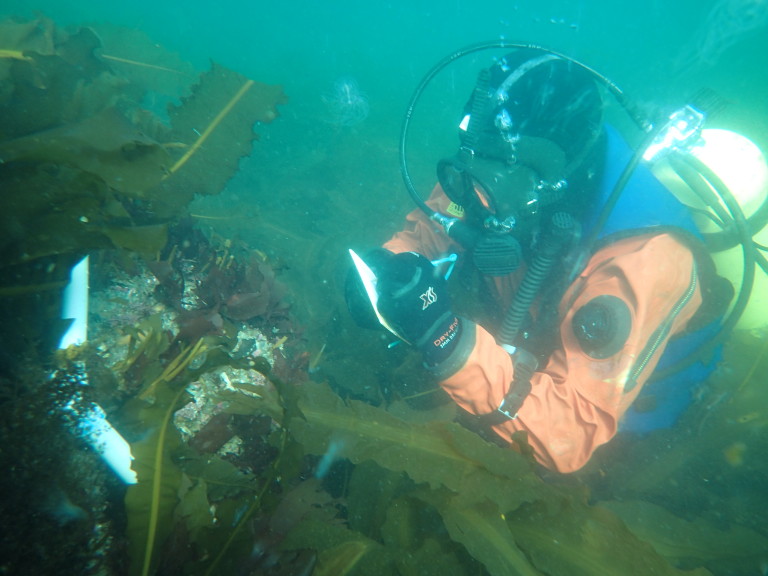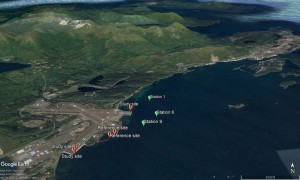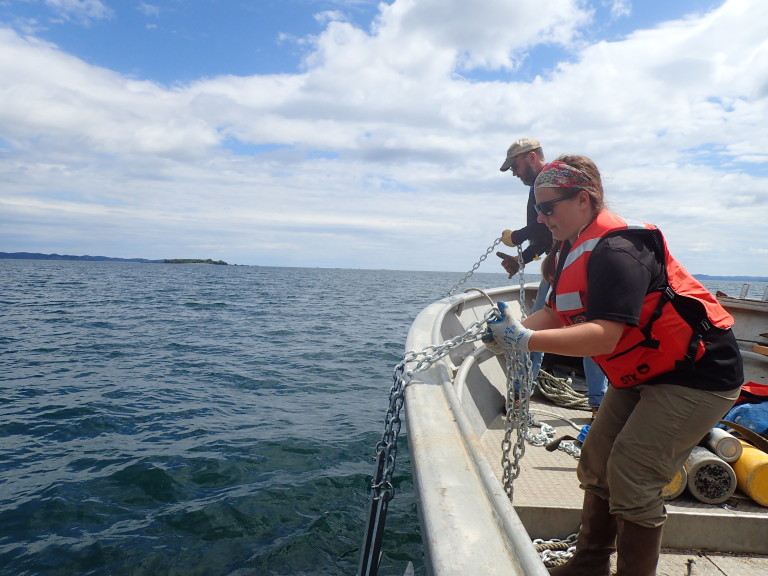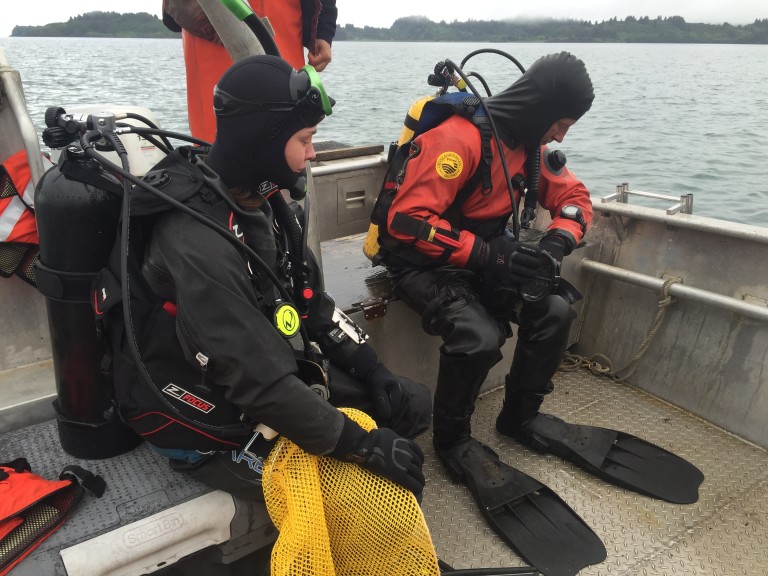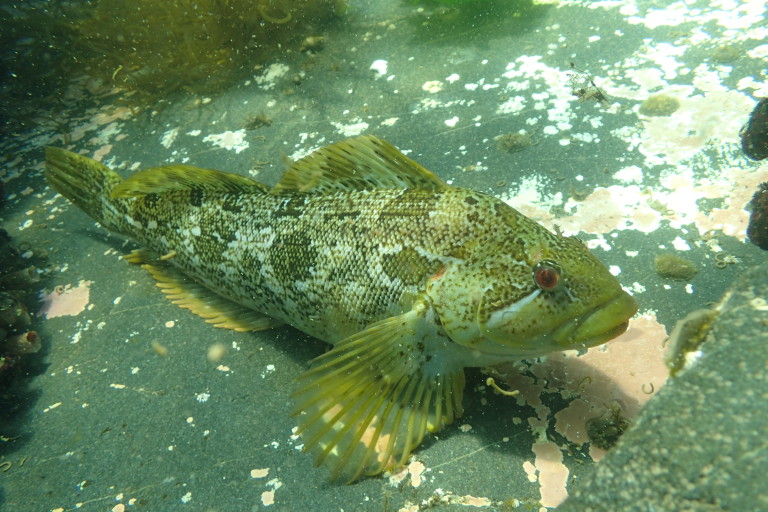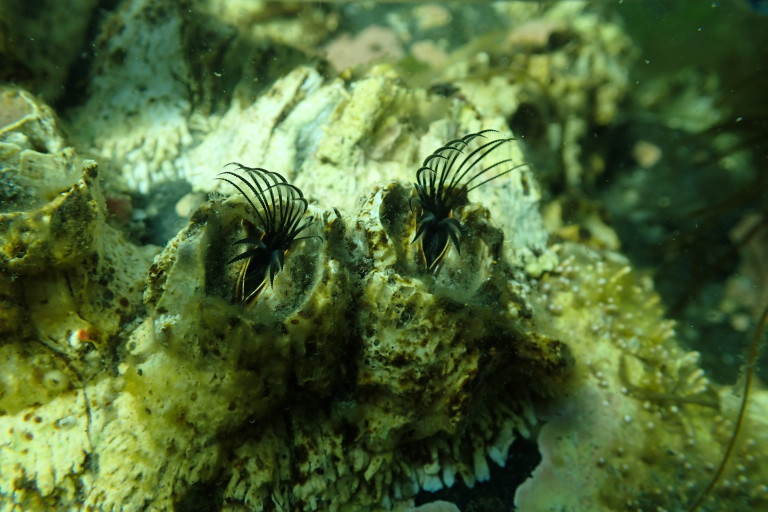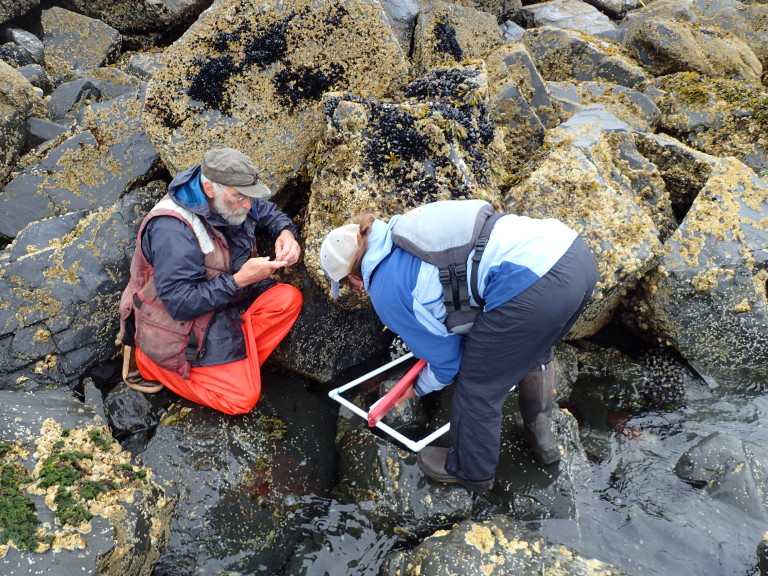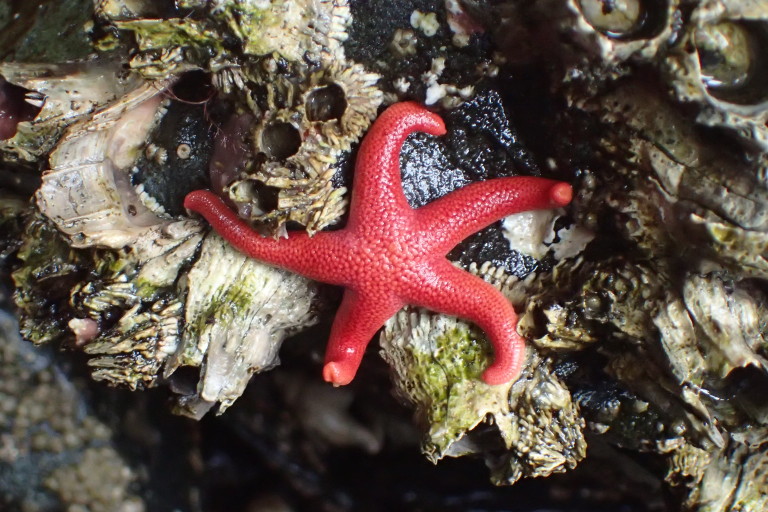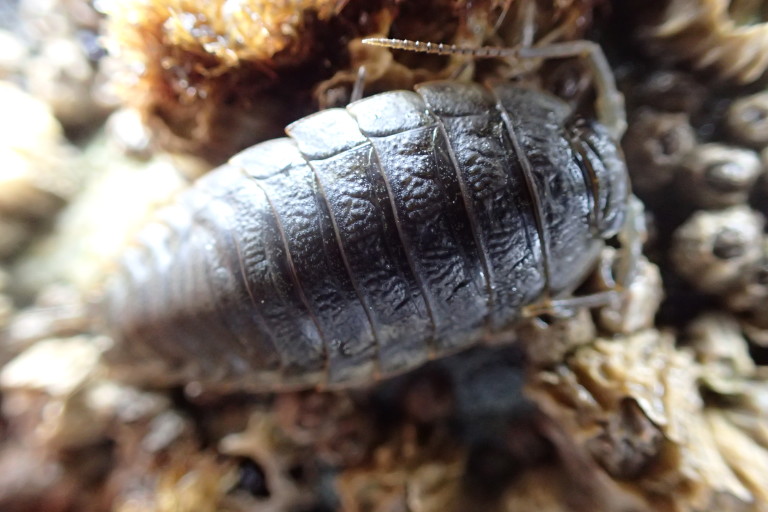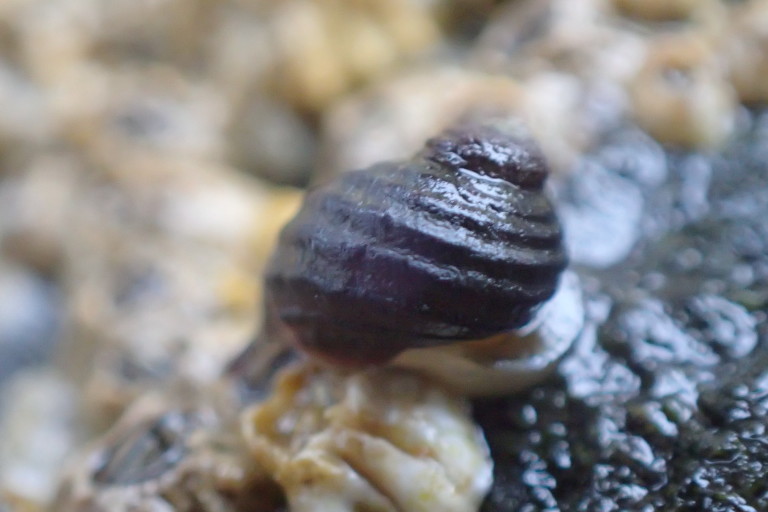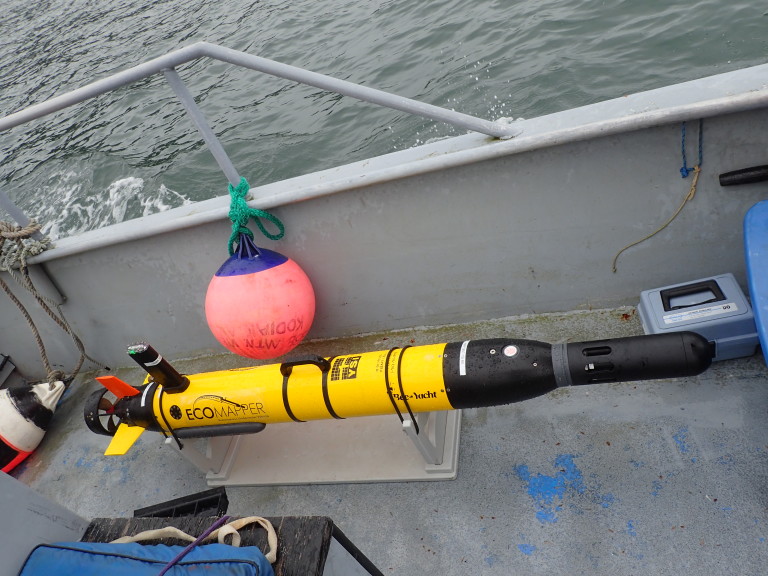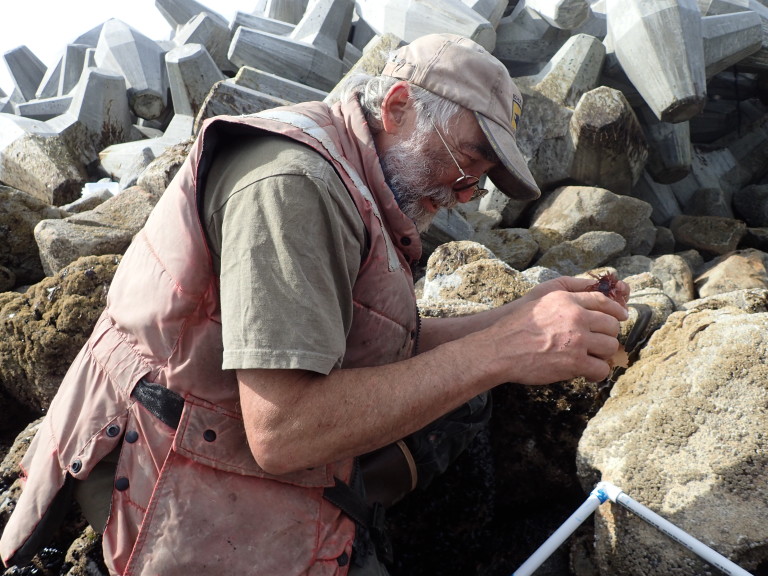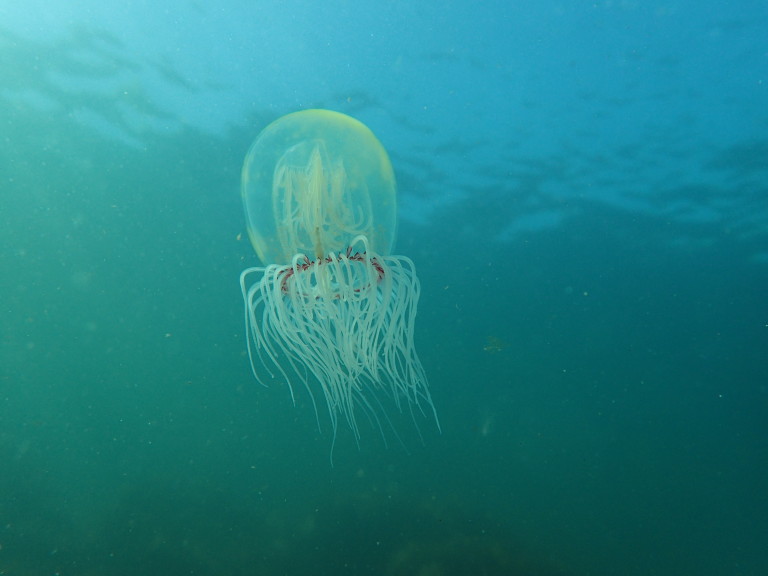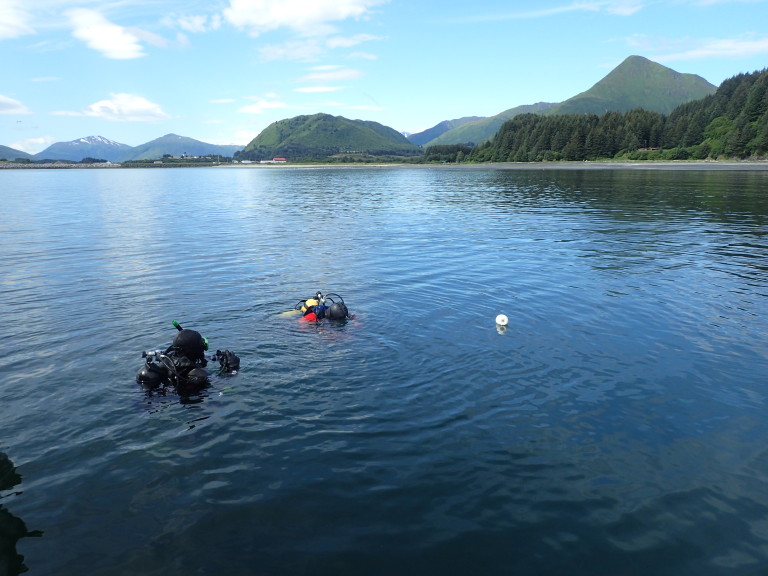Buskin River Marine Zone Project
Buskin River Marine Zone Study (BRiMS) Update- March 20, 2019
During summer 2018, Sun’aq Tribe of Kodiak completed the third year of biological work at five different sites (three study sites and two reference sites) near the Kodiak Airport. Percent cover and species composition were recorded on intertidal and subtidal transects over several weeks.
As of February 2019, three salinity and temperature monitoring stations are located near Buskin River outlet. Data is downloaded monthly from the stations and maintenance is conducted.
For yearly BRiMS reports, please visit this webpage.
Background Information
After nearly six years of planning, public involvement, investigation, and negotiation, the Federal Aviation Administration (FAA) determined Kodiak Airport Runway Safety Area (RSA) Improvement Project could adversely impact the estuarine and near-shore marine habitats within the project zone (FAA 2013, Record of Decision, Page 18). The Buskin River Watershed, Kodiak Island’s most important subsistence salmon fishery, is within the project zone (Environmental Impact Statement).
Following publication of the Final EIS, Sun’aq Tribe of Kodiak and FAA held further government-to-government consultations to address our concerns with the mitigation plan described in the FEIS (see Section 11.0 of the Record of Decision). The result was a Memorandum of Agreement between STK and FAA (signed on 9/10/2013 – see Appendix B of the ROD). The compensatory mitigation plan for the Project was amended to include a five-year post-construction monitoring effort lead by STK to document the changes in habitat and species in the area influenced by the freshwater plume around the mouth of the Buskin River.
Project funding came from FAA’s Airport Improvement Program after Alaska Department of Transportation and Public Facilities (ADOT&PF) applied for and received the grand in-aid funding for the entire Kodiak Airport RSA Improvement Project. Sun’aq Tribe of Kodiak and ADOT&PF entered into a Memorandum of Agreement to conduct the Buskin River Marine Zone Study (or BRiMS for short), signed on July 1, 2014.
Starting in 2015, researchers began documenting relevant salmon habitat conditions on
the seaward-side of the Buskin River outlet in Chiniak Bay. The study monitors basic habitat features of the Buskin River watershed that are important to salmon, as well as record customary and traditional uses of the subsistence fisheries by Sun’aq Tribal members, other Kodiak community residents, and visitors. Project cooperators include Alaska Department of Fish and Game (ADF&G), Department of Transportation and Public Facilities (DOT&PF), Federal Aviation Administration (FAA), United States Coast Guard (USCG), and the United States Fish and Wildlife Service (USFWS). Because the study area has a high potential for variability in biological and physical features, the study elements are equally varied and complex. Time and funding constraints limited the scope of the project to the following categories:
Physical: Describe basic bathymetry (underwater topographic) features;
Chemical: Record important chemical aspects (i.e.salinity and temperature);
Biological: Monitor important biological aspects related to salmon habitat; and
Cultural: Identify human use of the Buskin River near-shore area.
Project deliverables will include both a technical memorandum at the ends of Project Year 2 and Year 4 to summarize preliminary study results, and a final report tentatively titled “Buskin River Marine Zone Study (BRiMS): Five Years of Habitat Monitoring.” This report will be delivered at the end of Project Year 5.
Mark Blakeslee records species and percent cover near the Kodiak airport.
